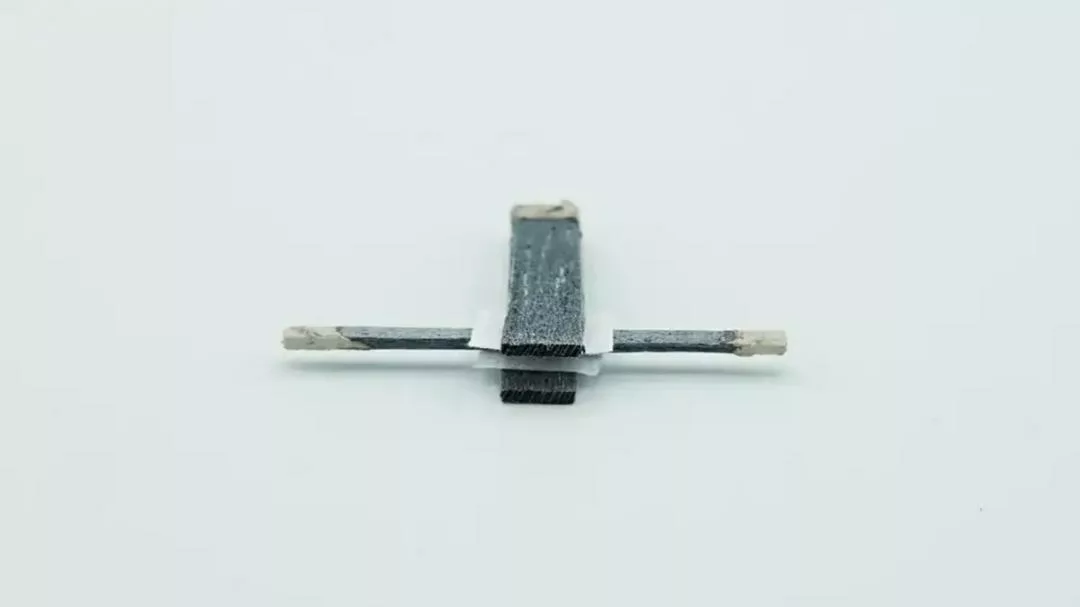2023, Articles, Cyberculture, Eco-friendly, Electronics, GreenTech, Technologies
The first wood transistor for green electronics
Wood transistor by Jacques gascuel This article will be updated with any new information on the topic, and readers are encouraged to leave comments or contact the author with any suggestions or additions.
The first wood transistor for green electronics
Wood is a natural and renewable material that can be used for many purposes, from construction to furniture. But did you know that wood can also be used to make electronic devices? In this article, we will introduce you to the first wood transistor ever created, and explain how it works and why it is a promising innovation for green electronics.
What is a wood transistor?
A transistor is a device that can amplify or switch electrical signals. Transistors are the building blocks of modern electronics, such as computers, smartphones, and sensors. They are usually made of silicon, a semiconductor material that can conduct electricity under certain conditions.
However, a wood transistor is a type of transistor that uses wood as the base material instead of silicon. Wood is also a semiconductor, but with different properties than silicon. To make wood transistors, researchers coat thin slices of wood with carbon nanotubes. These are tiny tubes of carbon atoms that have excellent electrical and mechanical properties.
The carbon nanotubes act as electrodes, which are the parts of the transistor that connect to the external circuit. The wood acts as the channel, which is the part of the transistor that controls the flow of current between the electrodes.
How does a wood transistor work?
A wood transistor works by applying a voltage to one of the electrodes, called the gate. This voltage creates an electric field that affects the conductivity of the wood channel. By changing the gate voltage, the current flowing between the other two electrodes, called the source and the drain, can be modulated.
The wood transistor can operate in two modes: depletion mode and enhancement mode. In depletion mode, the wood channel is normally conductive, and the gate voltage can reduce or stop the current flow. In enhancement mode, the wood channel is normally non-conductive, and the gate voltage can increase or start the current flow.
The researchers who developed the wood transistor made an interesting discovery. They found that it can switch between depletion mode and enhancement mode by changing the polarity of the gate voltage. This means that the wood transistor can perform both n-type and p-type functions, which are essential for creating complex electronic circuits.
Why is a wood transistor important?
A wood transistor is important because it offers several advantages over conventional silicon transistors. Some of these advantages are:
- Wood is abundant, cheap, biodegradable, and renewable, which makes it an environmentally friendly alternative to silicon. Silicon is scarce, expensive, non-biodegradable, and requires high-energy processing.
- Wood transistors have a low operating voltage, which means they consume less power and generate less heat than silicon transistors. This can improve the energy efficiency and performance of electronic devices.
- Wood transistors have a high sensitivity to humidity and temperature changes, which makes them suitable for applications such as environmental sensors and smart textiles.
- Moreover, wood transistors have a flexible and transparent structure, which makes them compatible with flexible and wearable electronics.
What are the challenges and opportunities for wood transistors?
Researchers are still developing wood transistors, and they face some challenges and opportunities for further improvement. Some of these are:
- The stability and reliability of wood transistors need to be enhanced by optimizing the fabrication process and protecting them from moisture and oxidation.
- The scalability and integration of wood transistors need to be improved by developing methods to produce large-area and high-density arrays of wood transistors on various substrates.
- The functionality and diversity of wood transistors need to be expanded by exploring different types of wood materials and carbon nanotube coatings with different properties.
- The applications and markets for wood transistors need to be explored by collaborating with industry partners and end-users who can benefit from this novel technology.
Conclusion
Wood transistors are a breakthrough innovation that can revolutionize green electronics. They combine the natural advantages of wood with the exceptional properties of carbon nanotubes to create low-power, high-performance, flexible, transparent, and biodegradable electronic devices.
Source
Li, T., Zhu, H., Wang, X. et al. Wood-based fully biodegradable and flexible electronic devices. Nat Electron 4, 33–40 (2021). https://doi.org/10.1038/s41928-020-00518-9
[1] A transistor made of wood: Electrical current modulation in wood electrochemical transistor – https://www.pnas.org/content/118/17/e2026873118







